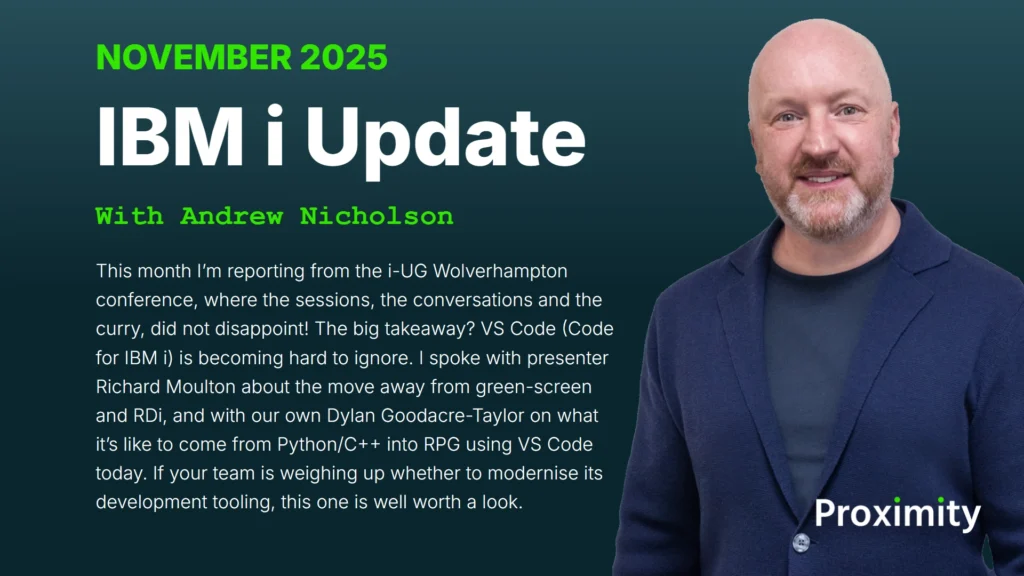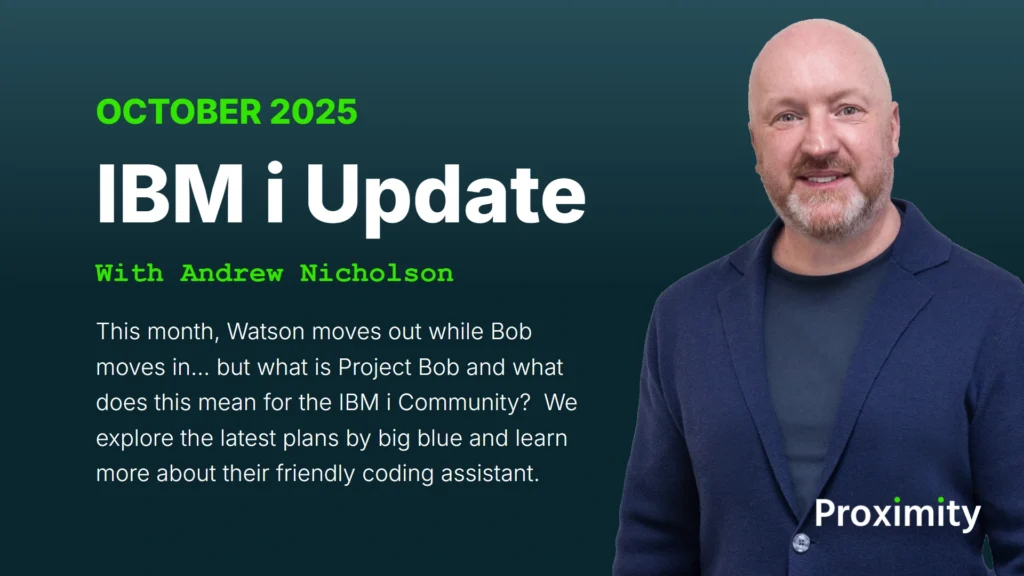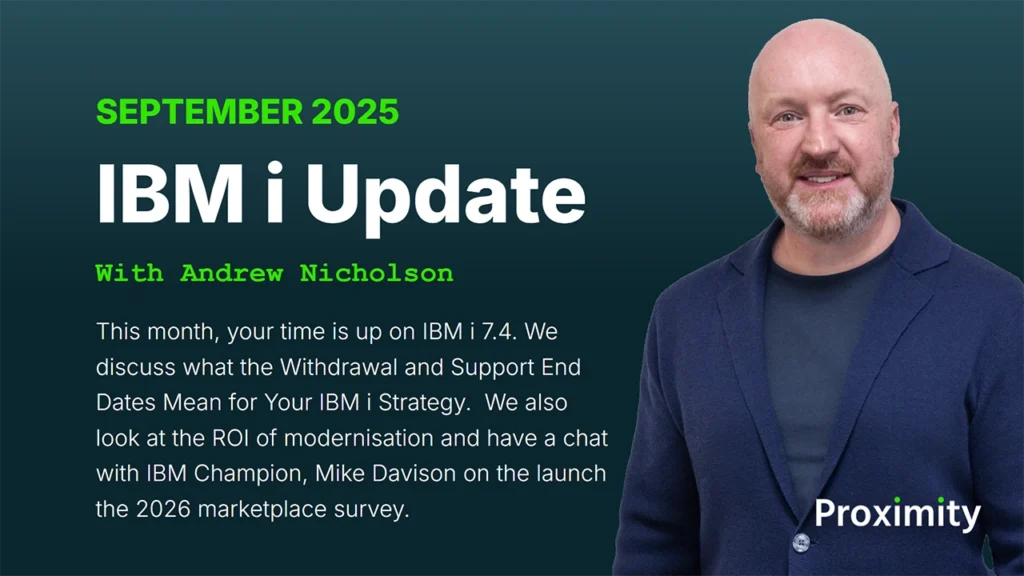Delivering a modern web GUI (graphical user interface) from your existing 5250 green screens, developing a mobile and/or PC based-application, or generating insightful reports from the IBM i has never been easier with a wide range of tools available to make the process quick and relatively simple.
It was therefore interesting to read one of the latest articles published in IBM Systems Magazine entitled ‘The Road to Modernization: IBM experts debunk common myths that hold clients back’.
In the article three IBM i experts had been interviewed – Mike Cain, Tim Rowe and Scott Forstie – who looked at the topic from an RPG and DB2 point of view. Here are the four myths they highlighted:
Myth one: it is purely a technical problem
Mike Cain, team leader of the DB2 for i Centre of Excellence at IBM argues that IBM i modernisation projects are not necessarily just a technical issue.
Although a project may involve transforming the existing green screen into a modern user interface (GUI); developing web and mobile applications; or create web reports; organisations should not simply look at the technology in isolation, but as a problem that meets their strategic needs and priorities.
Cain argues that modernisation projects are successful when everyone in the organisation is involved in the decision-making process and there is buy-in from developers, CIOs and CEOs alike to ensure the why is understood and not just the how.
Myth two: you need to replace everything
Modernisation of IBM i systems should be seen as a way to deliver greater ROI than simply replacing it argues Tim Rowe, an IBM business architect.
Rowe says that some organisations will look to replace their IBM i because they are unaware of the platforms modern capabilities. He suggests that modernisation should be the first consideration using third-party tools, such as BCD Software (now Fresche Solutions) and modern programming languages like PHP or Ruby on Rails:
“You can quickly and easily write PHP applications and run them natively on IBM i. Leverage the investment you’ve made in your hardware platform and take advantage of the support that’s already there.”
Myth three: it is a one-time event
Rather than viewing IBM i modernisation as a single event in time, the process should be seen as a sequence of actions. As well as the benefits of a modern UI in a web browser or access to applications via a mobile device, modernisation can deliver long term benefits to an organisation.
According to Cain, modernisation can provide the basis for a ‘more agile, flexible and scalable’ business. Rather than throwing more and more hardware at a problem, modernisation and reengineering of existing databases could be the answer for example.
Myth four: it costs too much
In a previous blog post, we looked at the case for modernisation and this particular quote stood out:
“Sooner or later, you need to bite the bullet and modernize. If you want to keep the application and the value it gives, you’ve got to modernize it.”
Mark Even, IBM System Lab Services
Cain, Rowe and Forstie agree entirely with this sentiment to enable organisations to increase their productivity, reduce long-term costs and deliver better ROI. Rowe sums up the argument, by saying:
<blockquote“We still have customers who grew up in that AS/400 world and they’ve been able to stay in that world, but they need to figure out how to make the move, you just need to take the time to do it and once you’ve done it, you’ll be running modern applications on a modern hardware platform—one of the most secure platforms in the industry.”





